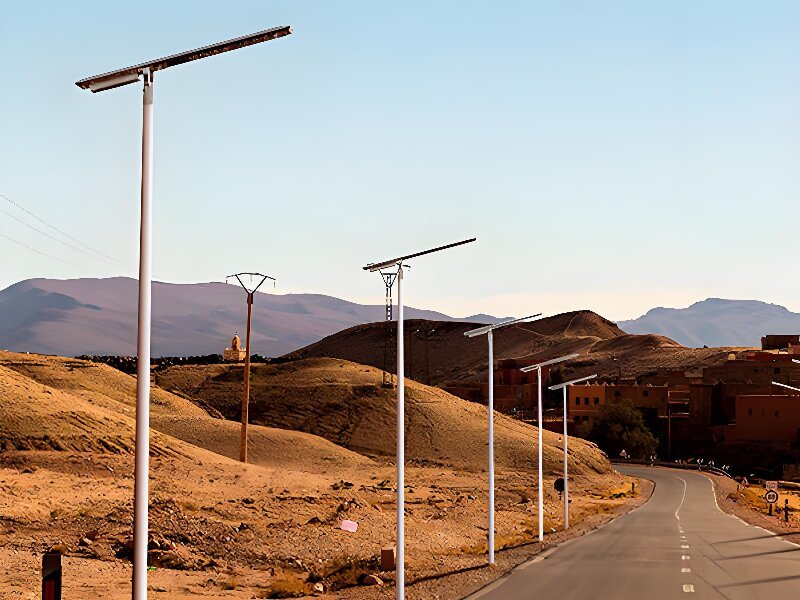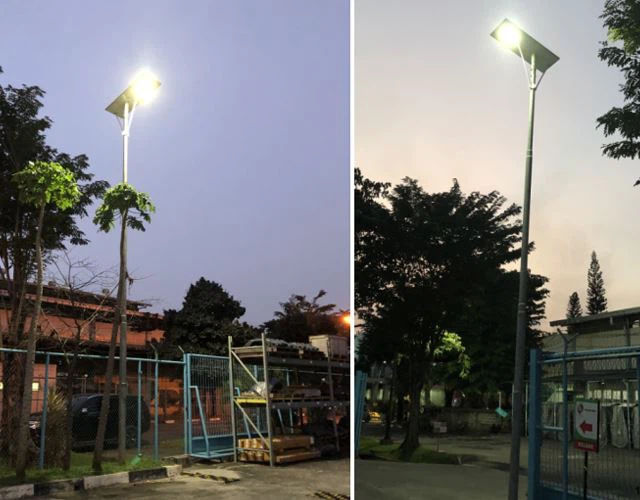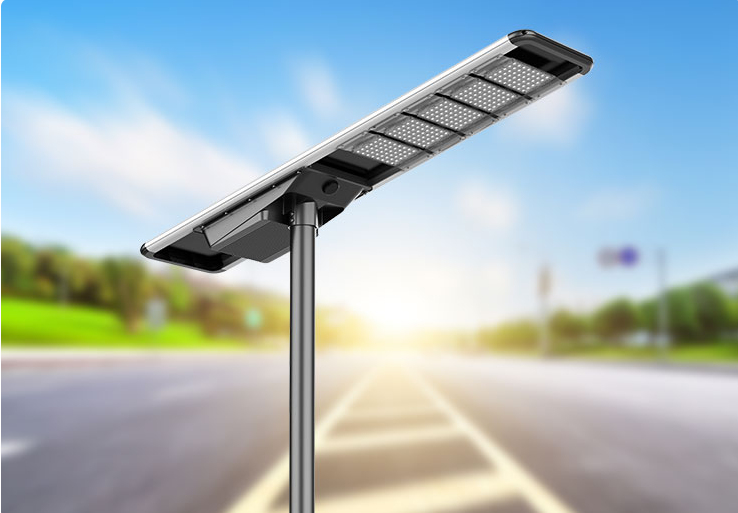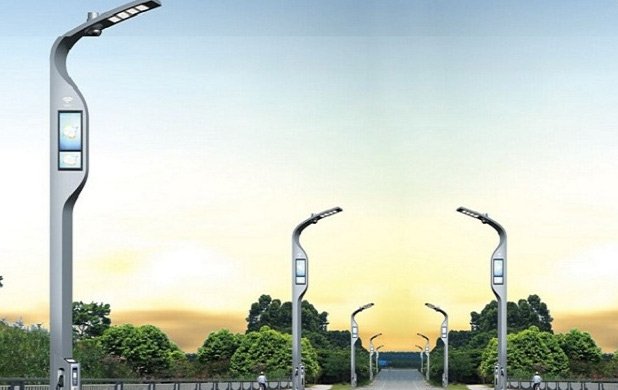
Solar street lights have come a long way, but what sets integrated ones apart? Their all-in-one design streamlines lighting and energy storage.
Integrated solar street lights combine the solar panel, battery, controller, and LED light source into a single unit, offering an efficient and compact outdoor lighting solution.
Their advanced design reduces installation complexity and boosts durability, making them a game-changer in outdoor lighting solutions.Learn about the components and their benefits.
What kind of technology is used in modern solar street lights?

Technology in solar street lighting has advanced significantly, addressing past challenges while introducing new efficiencies.
Modern solar street lights use photovoltaic cells, advanced lithium batteries, smart controllers, and energy-efficient LED lights. Some models feature motion sensors and remote control functionalities for enhanced performance.
Evolution of Technology
-
First Generation: Split-Type Systems
- Components like panels and batteries are separate.
- Installation requires extensive wiring and expertise.
- Bulky lead-acid batteries with short lifespans are common.Learn about split-type solar systems and their limitations.
-
Second Generation: Semi-Split Systems
- Components are semi-integrated, improving portability.
- Lithium batteries are introduced for better efficiency.
- Installation remains moderately complex.Understand how semi-split systems improved solar lighting.
-
Third Generation: All-in-One Systems
- Fully integrated components for maximum efficiency.
- Lightweight, compact, and easy to install.
- Advanced lithium technologies (e.g., lithium iron phosphate) ensure durability. Discover the benefits of all-in-one solar lighting systems.
How do automatic solar street lights work?

Automation in solar street lighting revolutionizes energy management, reducing manual intervention.
Automatic solar street lights operate using smart sensors and controllers that enable self-sustaining functionality. They charge during the day and illuminate based on ambient light levels at night. Learn more about the technology behind automatic solar street lights.
Daytime Operation
- Solar panels capture sunlight and convert it into electricity.Explore how solar panels generate and store energy efficiently.
- The energy is stored in batteries via a smart controller.
Nighttime Operation
- Stored energy powers the LED lights, ensuring consistent illumination.Discover how LED technology enhances solar lighting efficiency.
- Advanced systems adjust brightness based on motion detection or scheduled dimming.
What are the disadvantages of solar street lights?

Despite their many benefits, solar street lights face specific challenges that can limit their adoption in certain areas.
Solar street lights depend on sunlight, have higher initial costs, and can require periodic maintenance, particularly in regions with adverse weather conditions.Explore the challenges and solutions for solar street lighting systems.
Key Challenges
-
Sunlight Dependence
- Reduced efficiency during cloudy or rainy seasons.
- Inconsistent performance in areas with low solar irradiance.
-
Upfront Costs
- Advanced all-in-one models can have higher purchase prices.
-
Maintenance Requirements
- Solar panels require periodic cleaning for optimal efficiency.
- Batteries may need replacement after a few years.
-
Limited Customization
- Standardized designs may not suit all project requirements.
What are the components of a solar street light?

Understanding the core components helps clarify the functionality and design of solar street lights.
A solar street light typically consists of a solar panel, battery, LED light source, and a controller, working together to provide efficient, sustainable lighting.
Component Breakdown
-
Solar Panel
- Converts sunlight into electricity using photovoltaic cells.
- Types: monocrystalline (efficient) and polycrystalline (cost-effective).
-
Battery
- Stores energy generated by the solar panel.
- Types: lithium-ion, lithium iron phosphate, or lead-acid.
-
Controller
- Manages energy flow between the panel, battery, and light source.
- Ensures efficient charging and discharging cycles.
-
LED Light Source
- Provides bright and energy-efficient illumination.
- Lifespan: over 50,000 hours with minimal maintenance.
-
Motion Sensors and IoT Integration (Optional)
- Enhances energy efficiency and user convenience.
My Insights: Refined Outline – All-in-One Solar Street Lights: Revolutionizing Outdoor Lighting
All-in-one solar street lights epitomize the evolution of lighting technology. Their compact and efficient design transforms outdoor lighting, making it greener, simpler, and more cost-effective. By reducing installation complexities and leveraging smart features, they align perfectly with the global push for sustainable development. Adopting these lights can help create safer, more energy-conscious communities worldwide.







